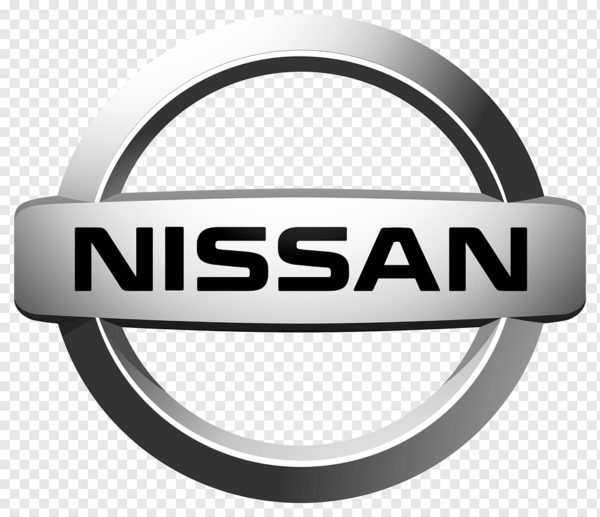The automotive world is buzzing with the potential merger of two iconic Japanese car manufacturers—Honda and Nissan.
While mergers of this magnitude are rare in Japan’s historically conservative corporate culture, the economic and industrial pressures of the 21st century appear to be driving these two rivals toward an unprecedented collaboration.
In this article, we explore the strategic reasons behind this proposed merger, its potential benefits, challenges, and implications for the global automotive industry.
1. A Changing Automotive Landscape
The automotive industry is undergoing a seismic transformation driven by several key factors:
- Electrification: Governments worldwide are phasing out internal combustion engines (ICE) in favor of electric vehicles (EVs). Both Honda and Nissan need to rapidly scale up their EV offerings to remain competitive.
- Autonomous Vehicles: The race to develop self-driving technologies has placed immense pressure on manufacturers to invest heavily in R&D, a cost more manageable with combined resources.
- Global Supply Chain Challenges: Semiconductor shortages, geopolitical tensions, and COVID-19 disruptions have strained supply chains, making collaborative procurement and shared infrastructure increasingly appealing.
2. Strategic Objectives Behind the Merger
a. Consolidation of Resources
Both companies have significant strengths: Honda boasts expertise in hybrid technologies and small engines, while Nissan leads in electric vehicle innovation, as evidenced by its pioneering Leaf model. Combining these areas of expertise would enable the merged entity to develop competitive EVs and hybrids faster and at a lower cost.
b. Cost Reduction
Mergers often bring economies of scale. By sharing production facilities, supply chains, and technology development costs, Honda and Nissan can significantly reduce operating expenses. This is particularly critical as profit margins in the automotive industry continue to shrink.
c. Addressing Market Challenges
Honda and Nissan are both facing declining sales in key markets like North America and Europe. A merger would strengthen their positions in these regions while allowing them to pool resources to penetrate emerging markets, particularly in Asia and Africa.
d. Technological Advancements
Both companies are heavily investing in EVs, hydrogen fuel cell technologies, and advanced driver assistance systems (ADAS). Collaboration would accelerate the development and rollout of these technologies, positioning the merged entity as a leader in next-generation mobility.
3. Synergies and Benefits
a. Expanded Global Presence
Together, Honda and Nissan would form one of the largest global automakers by production volume, enabling greater bargaining power with suppliers and enhanced global distribution networks.
b. Comprehensive Product Portfolio
The merger would allow the two brands to cover a broader market spectrum—from economy cars and motorcycles (Honda’s forte) to SUVs and EVs (Nissan’s strengths).
c. Sustainability Goals
Both companies have ambitious targets for carbon neutrality. Shared technology and production processes would facilitate achieving these goals more efficiently.
4. Challenges and Risks
a. Corporate Culture Clash
Japanese companies are known for their strong corporate cultures, and Honda and Nissan are no exception. Integrating two distinct management styles and workforces may prove challenging.
b. Regulatory Hurdles
A merger of this size is likely to face scrutiny from regulators concerned about market concentration and competition. Ensuring compliance in multiple jurisdictions will be a complex task.
c. Brand Identity and Customer Perception
Both Honda and Nissan have built strong brand identities over decades. A merger risks diluting these identities, potentially alienating loyal customers. Maintaining separate branding while reaping the benefits of shared resources will require a delicate balancing act.
d. Financial Integration
Merging operations, supply chains, and R&D investments will require significant upfront costs. Honda and Nissan will need to ensure that these investments yield long-term financial benefits.
5. Industry Implications
The Honda-Nissan merger would send ripples through the global automotive industry. Competitors such as Toyota, Volkswagen, and Tesla would face heightened pressure to innovate and optimize their operations. Meanwhile, suppliers and dealers would need to adapt to the new dynamics of working with a larger, more influential partner.
For consumers, the merger could result in a wider range of innovative, affordable vehicles. The combined expertise of Honda and Nissan could lead to breakthroughs in EV range, performance, and affordability, ultimately accelerating the transition to sustainable mobility.
6. Conclusion
The proposed merger between Honda and Nissan reflects the pressing need for collaboration in a rapidly evolving automotive landscape.
By joining forces, these two giants aim to overcome current challenges, leverage synergies, and secure a dominant position in the future of mobility. However, the road ahead is fraught with complexities that will require careful navigation.
As the merger unfolds, it will serve as a litmus test for the industry’s ability to adapt to change and will likely shape the future of global automotive manufacturing for decades to come.
Also Read
Archer Aviation Stock Surges: Is It Time to Buy?
S&P 500 Ends Higher Ahead of Christmas, Boosted by Technology Stocks

